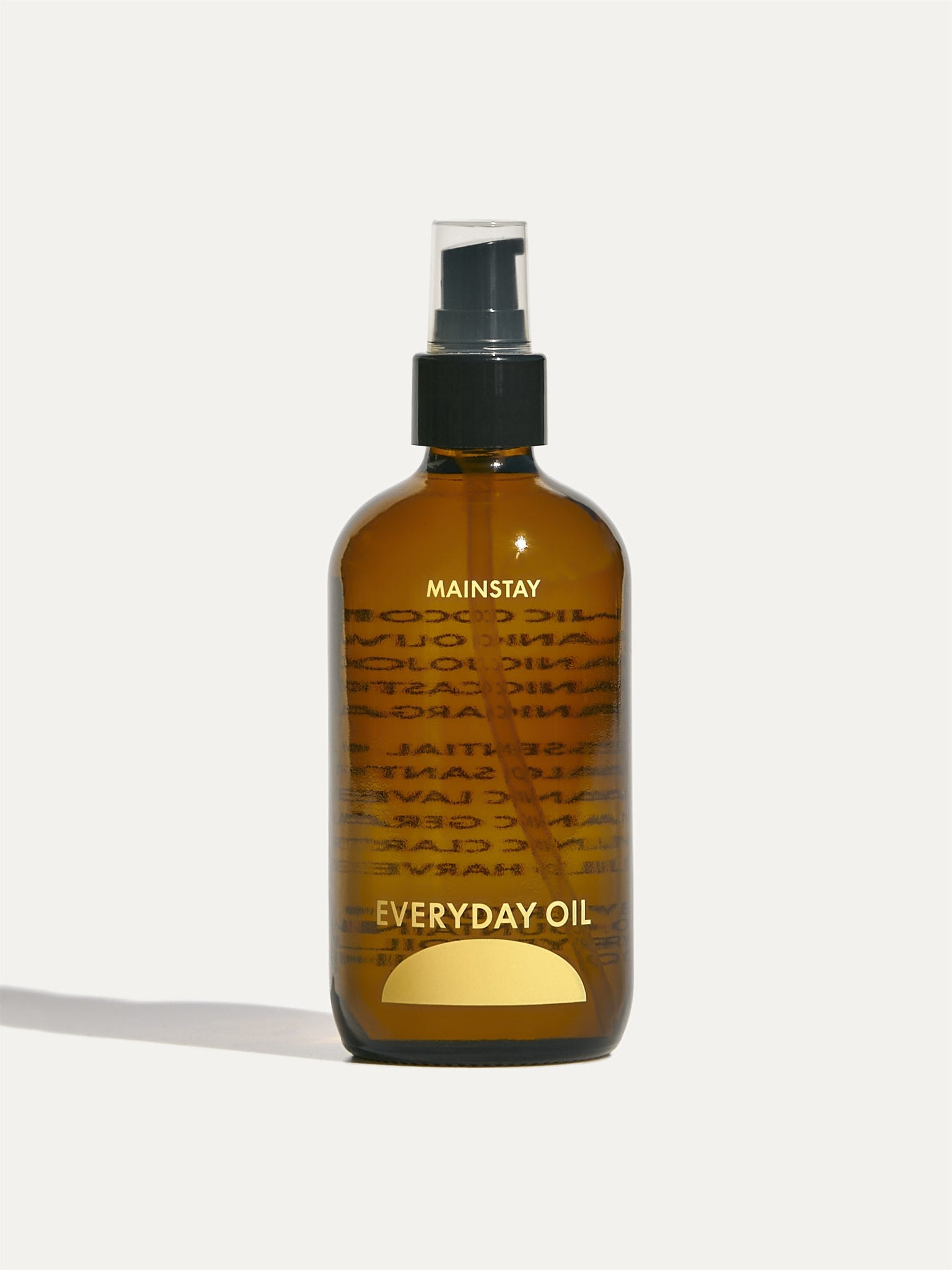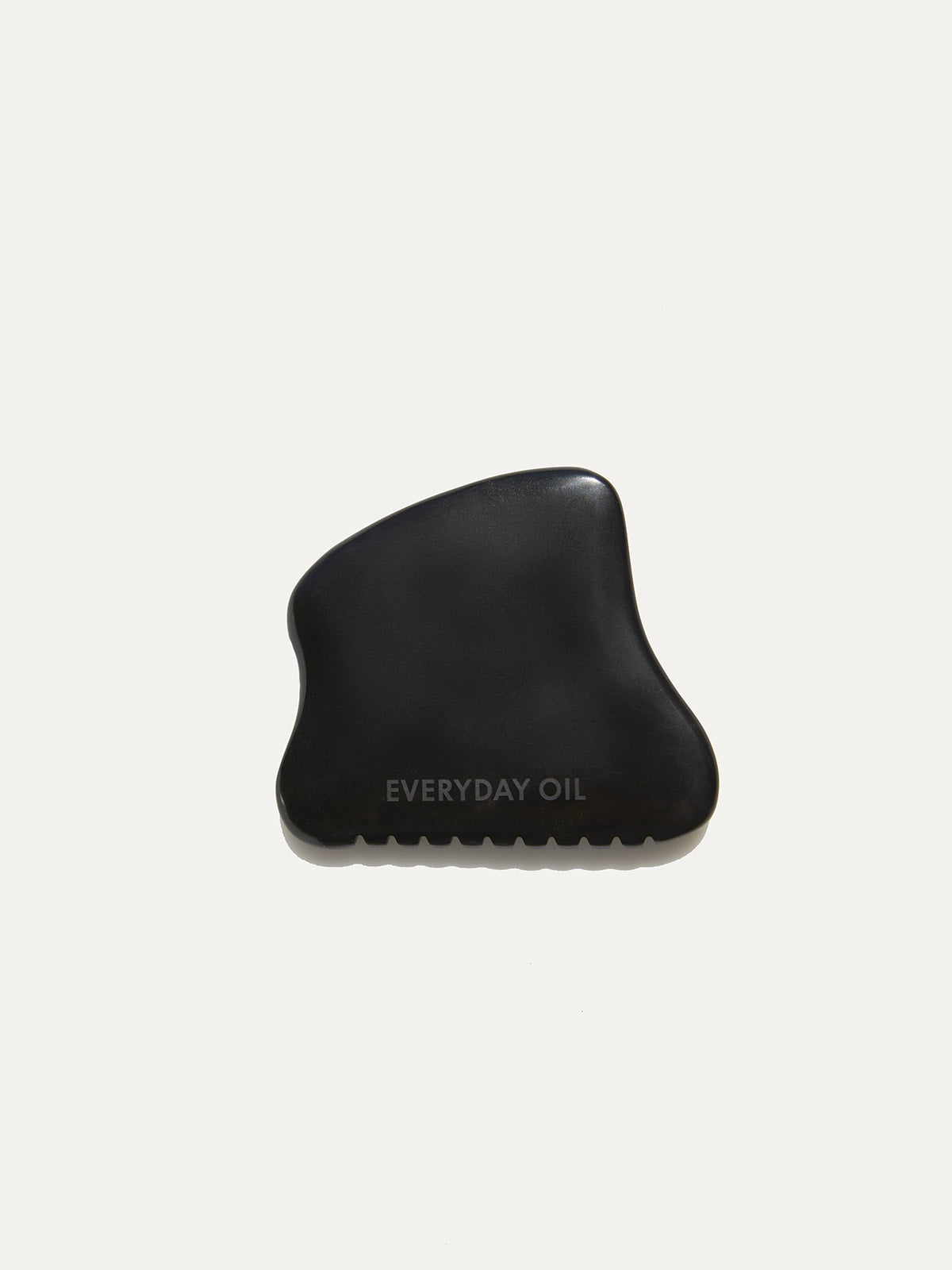Have you ever tried to use a really nice natural shampoo, had it go well for a few washes… and then it stopped working? Hair limp, weighed down, just not clean?
Have you ever reached for a more toxic shampoo and felt like it's the only thing that makes your hair really "clean"?
You are not alone!
There is so much talk about sulfates and silicones these days that it is easy to get overwhelmed. Looking at the science of these ingredients can REALLY HELP clarify what is happening here.
So, silicones - they are found in most mainstream conditioners and styling products (sometimes they are in shampoos as well) and they are what creates that smooth, velvety swingy hair that looks and feels slippery. Silicones are coating the hair, creating a barrier and creating the temporary illusion of shiny, healthy hair. Unfortunately, they are not usually water-soluble, and it takes some very specific detergents to get them to dissolve. Enter sulfates. Sulfates are able to break down silicones and remove silicone build-up from the hair. Silicones will build up on the hair if not washed out by sulfates. Natural shampoos without sulfates cannot break down silicones.
If you are trying to use shampoo that does not contain sulfates, and you are still using any products (conditioner, styling creams, etc) that have silicones, your hair will start to build up silicone residue. This is why your natural shampoo often doesn't feel like it's working. Over time the silicones you are using build up and the hair no longer feels clean after washing.
Unfortunately silicones are probably the only thing that is going to give your hair that Pantene-pro-v-ad level of swing and slip, unless you are really good to your hair from the very start or are just blessed. So why are silicones and sulfates bad? Why make the switch away from them?
Silicones have not been scientifically proven to do anything really bad to our health, so they are not something to panic about. However, they are bio-accumulative and don't break down for hundreds of years, meaning they are contributing to the sludge pollution in our oceans and waterways - which isn't great. Also, silicones are not actually hydrating your hair, they are just creating a coating, so anything you put on after silicones to hydrate the hair cannot actually penetrate the hair shaft. This leads to dryness. Because silicones quickly build up, they encourage frequent washing with shampoos containing sulfates, leading to drier hair and scalps over time. The hair becomes drier and more brittle over time, leading you to go searching for more products. (Silicones can also create build-up on the scalp leading to more hair loss).
Sulfates are generally just slight irritants to the skin, eyes, scalp, etc. Using these regularly on the delicate microbiome of our scalp is a bit harsh, drying and disruptive to the hair and skin.
If you want to make the switch to gentler and more effective hair care, you must end the silicone/sulfate cycle, as the two are interdependent. First, wash your hair with shampoo WITH sulfates (We recommend two or three times to really get rid of any silicone build up). For this we suggest a simple, unscented sulfate shampoo, like this Sulphate 4% Cleanser from The Ordinary. Then use a silicone-free conditioner. Once you have made the switch, if at any time you use a product that has silicones or someone uses one on you at a salon, etc., you must use a shampoo with sulfates to clarify the hair before switching back to sulfate-free shampoo.
A note on hard water and hair:
Hard water has a high mineral content, usually calcium, magnesium and iron. These minerals deposit on your hair, causing buildup. It is caused by water filtering through limestone and is not a problem for your health - on the contrary, those minerals are good for us. However, it can be a problem for your hair. If you aren’t sure if you have hard water, you can get a test kit. Using a shower head filter like the Jolie can help with this issue. If you have hard water build up in your hair, you can use a chelating shampoo which will bond to those minerals and rinse them away, this one looks really nice. Some people with hard water go the extra mile and use distilled water to wash their hair, which can reduce the need to wash as much (as long as you don’t wet your hair with hard water in between washes).
Hair, to be very blunt, is dead once it leaves our head. The only thing that can truly give you healthier hair is to get the nutrients you need internally, then PREVENT your hair from getting damaged. Keep your locks happy by avoiding sulfates and skipping the heat styling and frequent washes.
Our Recommendations
We recommend a routine of washing your hair once a week. There may be an adjustment period for your scalp to balance it's oil production, but similar to your skin, over-cleansing can lead to an overproduction of oil. Products that say they "repair" hair are not true (sorry). You can protect. You can prevent. You can stop the cycle of damage. But you cannot repair hair. Once you start spacing out your washes, you should find that your scalp gets less greasy over time and you can have clean and fresh hair for the whole week from one wash, even without dry shampoo.
We love Sister's Body Shampoo and Conditioner, scented beautifully with essential oils and especially designed to not disrupt the scalp/skin's natural microbiome. We're also very into Everist, they make a plant based concentrated Shampoo and Conditioner in sustainable packaging with a super subtle plant-based scent. We are excited to try Hair Glow, a cleansing cream that washes and conditions your hair in a single step. If you want a little something that smells subtle and lovely to tame overly clean hair or to define natural waves, we love The Hair Cream, it adds moisture and definition to your locks. If you have dry ends, give them extra nourishment with a small amount of Everyday Oil.
Minimize breakage by using a detangling brush, ones that are vented like ours give you the option to bring them in the shower to gently brush your conditioner through, ensuring good coverage and deep conditioning.
The Nitty Gritty
How to identify silicones: Most silicones end with cone, col, conol or xane, such as Dimethicone, Cetearyl Methicone, Cyclomethicone/Cyclopentasiloxane, etc.
How to identify sulfates and similar harsh detergents: The most common sulfate is Sodium Lauryl Sulfate. There are many variations that are cousins of sulfates that are good to stay away from…
Alkylbenzene sulfonates, Alkyl Benzene Sulfonate, Ammonium laureth sulfate, Ammonium lauryl sulfate, Ammonium Xylenesulfonate, Sodium C14-16 Olefin Sulfonate, Sodium cocoyl sarcosinate, Sodium laureth sulfate, Sodium lauryl sulfate, Sodium lauryl sulfoacetate, Sodium myreth sulfate, Sodium Xylenesulfonate, TEA-dodecylbenzenesulfonate, Ethyl PEG-15 cocamine sulfate, Dioctyl sodium sulfosuccinate
There are some water soluble silicones such as Dimethicone Copolyol Lauryl Methicone Copolyol, and any silicone with PEG as a prefix. Unfortunately PEG’s have been found in studies to have impurities in them that have been linked to cancer.




anastasia
April 15, 2024
You really saved my hair with this article. I switched to natural shampoo this week without using regular shampoo to break the silicones. The result was the the worst hair I ever had. I thought they were dry and then I used again the natural shampoo and after that conditioner and leave on conditioner and heat protectant. After I read your article I used a clarifying shampoo and then the natural shampoo but no conditioner or other product. I also let them air dry. The result was great. My hair now is super soft, my curls more defined. Thank you so much for this article!
———
Everyday Oil replied:
SO HAPPY TO HEAR THIS!